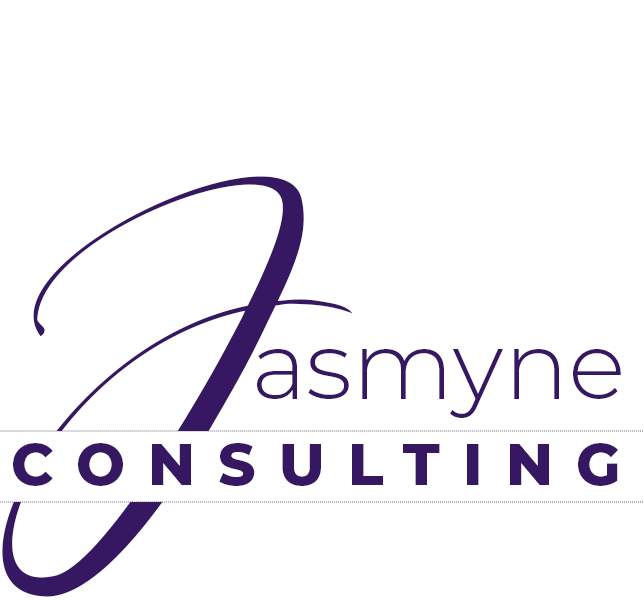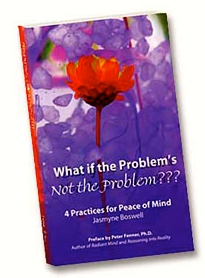Before you start . . .
Ask yourself these four questions, say’s George Orwell.
- What am I trying to say?
- What words will express it?
- What image or idiom will make it clearer?
- Is this image/idiom fresh enough to have an effect? (No clichés)
And I would say,
Remind yourself why you’ve decided to write – motivate yourself.
You may sit down to write and have an immediate flow of words pour out on the page. Then again, you might not.
You may start out quite the prolific writer, and halfway through find yourself thinking, “What was I thinking?” Or even, “Who am I kidding?”
That’s when a little structure to your writing process comes in handy.
Story Structure
– A story like a SNAKE with its tail in its mouth.
It has a beginning, middle, and end. Some stories even end up in the same place they started.
For example, in The Wizard of Oz, Dorothy starts out in Kansas, travels to Oz in a cyclone, and ends up back in Kansas.
Even if you’re book is not fiction, the overall theme tells a story. My book, What if the Problem’s Not the Problem???, focuses on the 4 steps to peace of mind and how to get there. Get the picture?
Main Character –The person, animal, or thing your story is about
Every story starts with a main character or idea. It can be any animal, human, or anything you want it to be. Just be clear about it.
Setting — Where your story takes place
Every story needs to take place somewhere. Your story’s setting can have either a big or little impact on the story. Ask yourself these questions:
- Where does your story take place –
- When does your story take place: past, present, or future?
- How much does your setting affect your main character’s problem?
Problem — The challenge your character must face and overcome
Without a problem, your story would be dull as watching paint dry. Snooze city. But when you give your main character a problem to solve, your story comes alive.
Important tip:
Use the magic of conflict. Conflict means someone or something tries to stop your character from solving the problem. The more times your hero tries and fails, the better. (If it’s a memoir, that’s you!)
Ask yourself these questions:
- What is your main character’s problem?
- Is it a big enough problem that it will take a whole story to solve it?
- How does your main character try and fail to solve her or his problem?
Resolution — How the character finally solves the problem
The most satisfying resolutions come when you think your hero is about to give up. When they’ve tried everything else, they finally solve the problem. It’s best if your main character solves the problem on his or her own.
Ask yourself these questions:
- How does your main character finally solve the problem?
- If possible, can they solve it using their own strength or wits?
- Does the story or character end up back where it started?
Reminders –
- Let your artistic side be free. Have fun and be creative. Write your story all the way through before you edit it. Only let your Inner Editor work on the story after your Inner Artist has finished.
- Think about a story you like. What makes it good? Can you identify the main character, setting, problem, and resolution?
- Writing is rewriting. Write until you’re satisfied with your story. Feel free to change and rewrite to make it stronger.
Once you get further into your first draft, you can also ask:
- Could I be more succinct?
- Have I said anything that is avoidably offensive?
Be sure to have fun. If you’re enjoying yourself, more than likely your reader will, too.
Enjoy!!!


